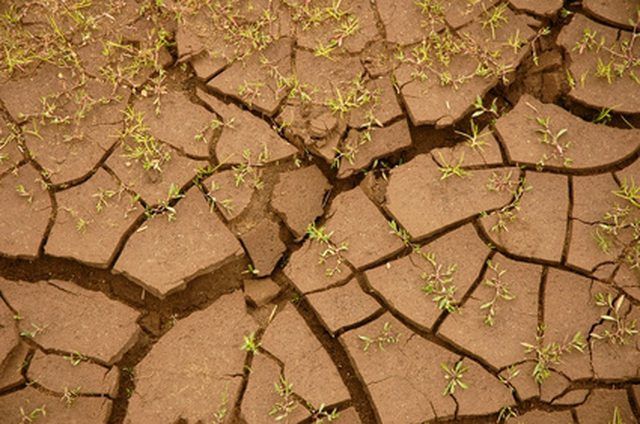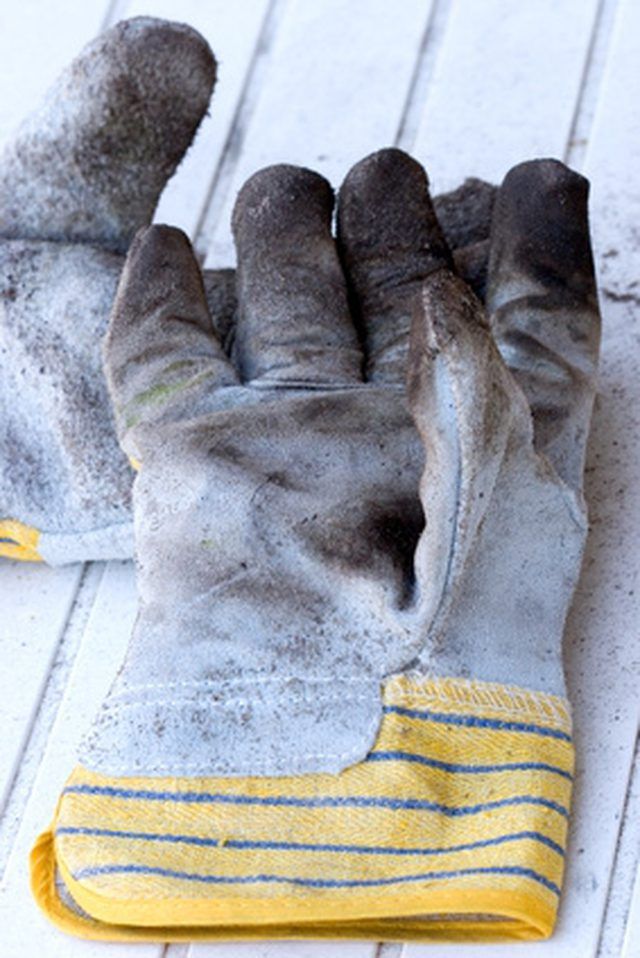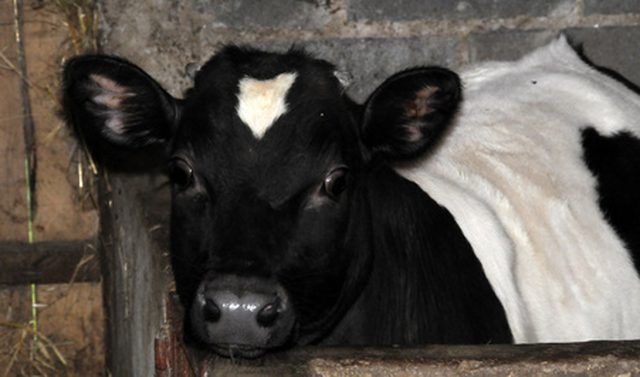Bulbs
Flower Basics
Flower Beds & Specialty Gardens
Flower Garden
Garden Furniture
Garden Gnomes
Garden Seeds
Garden Sheds
Garden Statues
Garden Tools & Supplies
Gardening Basics
Green & Organic
Groundcovers & Vines
Growing Annuals
Growing Basil
Growing Beans
Growing Berries
Growing Blueberries
Growing Cactus
Growing Corn
Growing Cotton
Growing Edibles
Growing Flowers
Growing Garlic
Growing Grapes
Growing Grass
Growing Herbs
Growing Jasmine
Growing Mint
Growing Mushrooms
Orchids
Growing Peanuts
Growing Perennials
Growing Plants
Growing Rosemary
Growing Roses
Growing Strawberries
Growing Sunflowers
Growing Thyme
Growing Tomatoes
Growing Tulips
Growing Vegetables
Herb Basics
Herb Garden
Indoor Growing
Landscaping Basics
Landscaping Patios
Landscaping Plants
Landscaping Shrubs
Landscaping Trees
Landscaping Walks & Pathways
Lawn Basics
Lawn Maintenance
Lawn Mowers
Lawn Ornaments
Lawn Planting
Lawn Tools
Outdoor Growing
Overall Landscape Planning
Pests, Weeds & Problems
Plant Basics
Rock Garden
Rose Garden
Shrubs
Soil
Specialty Gardens
Trees
Vegetable Garden
Yard Maintenance
Importance of Clay in Soil
Importance of Clay in Soil. Clay soils suffer from a bad reputation because they can be hard to work, don't drain well and harden into something akin to concrete when they dry out; but this type of soil is important to the gardener because of its ability to attract moisture and vital nutrients that plants need to thrive.

Clay soils suffer from a bad reputation because they can be hard to work, don't drain well and harden into something akin to concrete when they dry out; but this type of soil is important to the gardener because of its ability to attract moisture and vital nutrients that plants need to thrive.
Types
Soil is the surface layer of the earth that supports plant life and is the result of various rock disintegration. The Wise Garden Encyclopedia says that the fundamental rock is generally the most influential in deciding the type of soil. When limestone rock disintegrates, it forms clay soil. When granite or sandstone disintegrate, they form sandy soils. Soils also vary according to the size of the particles and the proportion of decaying matter they contain.
Characteristics
Clay soil is extremely fine with mineral particles of less than .002 mm in diameter, according to the North Carolina Department of Agriculture and Consumer Services Agronomic Division. Silt has particles between .002 and .05 mm in diameter and sand has particles between .05 and 2.0 mm in diameter. The size affects how well the soil drains and how easily it can be cultivated. Clay soils are hard when dry and become slick when wet.

Significance
What makes clay desirable to the gardener is something called "cation exchange capacity" or CEC. Clay has larger surface area and, therefore, more negatively charged ions. These negatively charged ions attract and hold vital nutrients that are positively charged, such as calcium, magnesium and potassium. The Montana Master Gardener Handbook says clay soils have a "better" CEC than sandy soils so are able to supply nutrients that plants need to flourish. Because clay soils also drain slower, these nutrients aren't leached out by rain.

Considerations
Clay soils aren't perfect. They need to be "lightened" to counteract their concrete-like tendencies. This can be accomplished by adding coarse sand, vermiculite and perlite, but these amendments can be expensive and large quantities are needed to make a difference. The Montana Master Gardener Handbook recommends compost, manures and other organic amendments as "more effective and economical." Good sources of organic materials include peat, decomposed sawdust, composted sludge and finely chopped straw.
Management
In the great majority of cases, the average gardener must make the best of what soil he happens to have. No matter how poor a soil is, it can always be improved. Besides adding amendments, the No. 1 management rule is to not till clay soil while it is too wet. This wedges the fine particles together, drives out moisture and air, and compacts the soil even more, making it difficult for plant roots to penetrate.